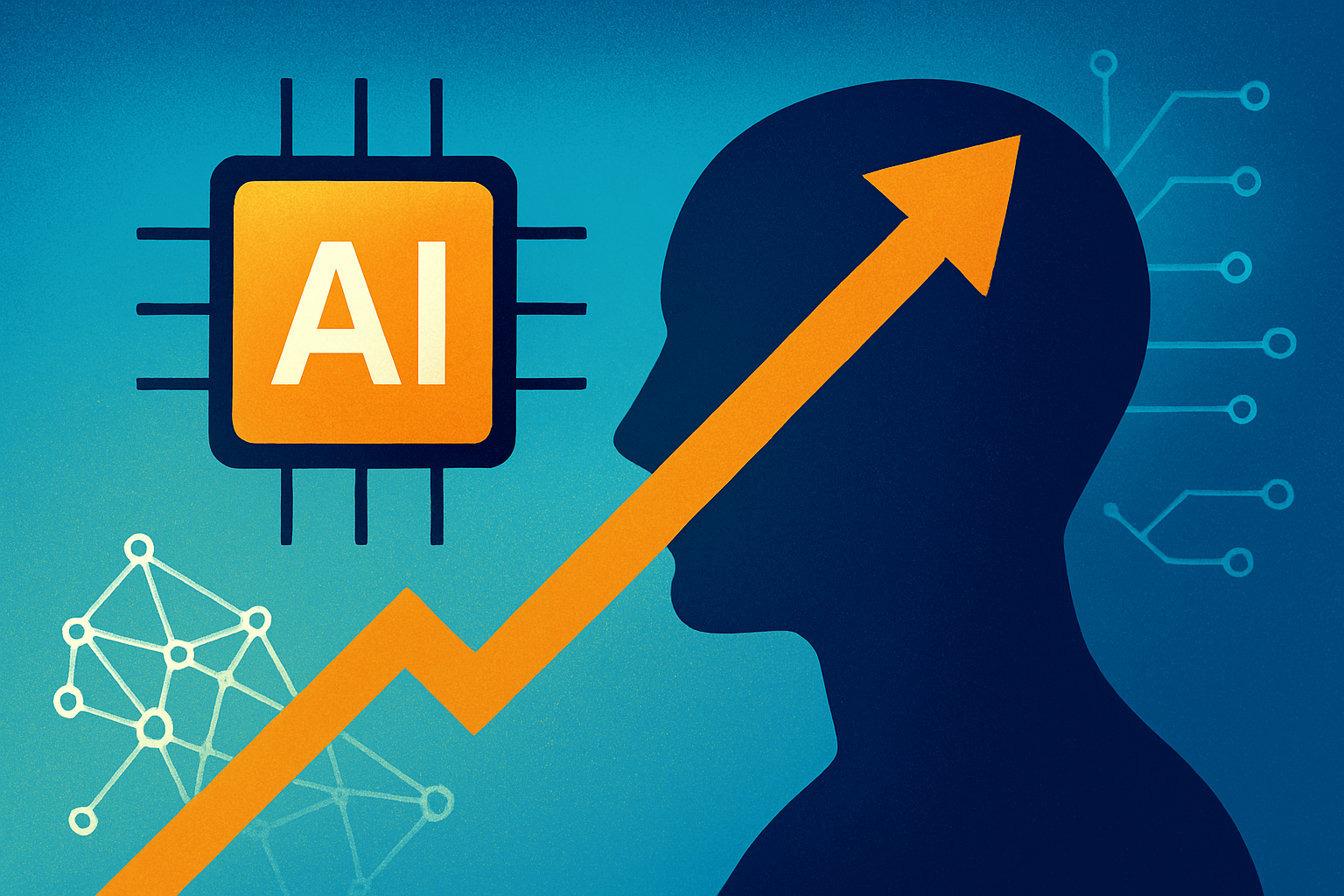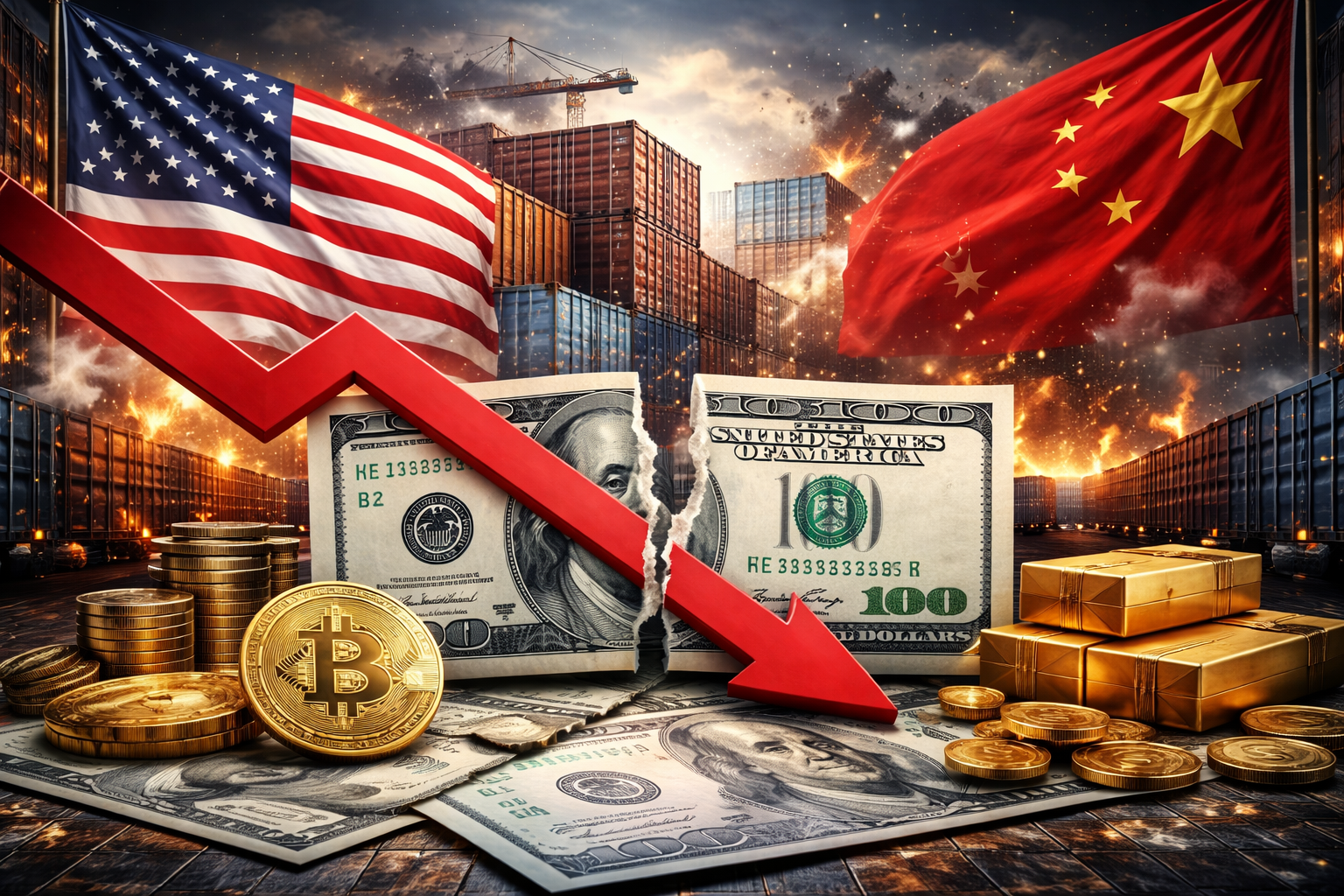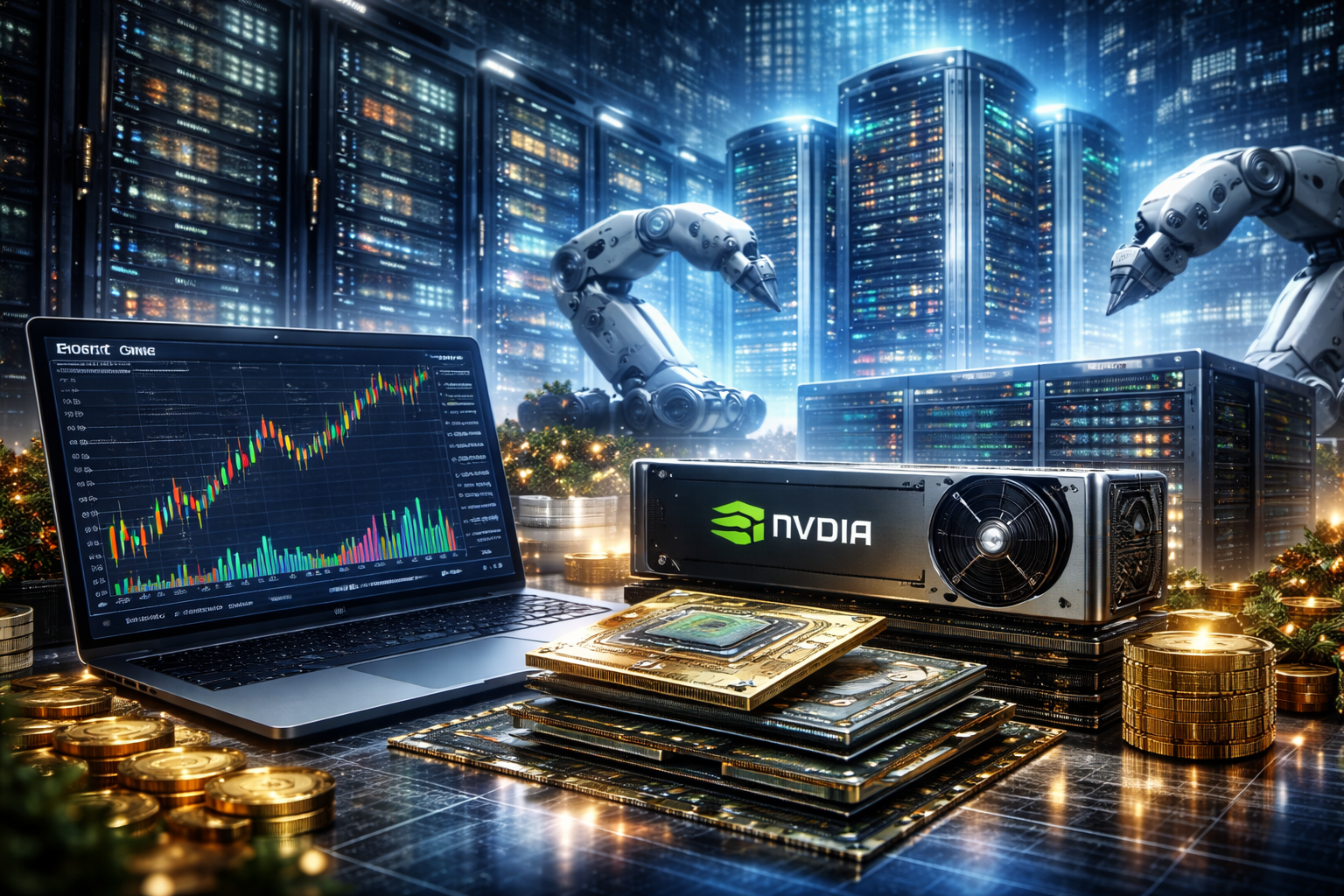Artificial intelligence has become the centerpiece of investor debates in 2025. Stock valuations for Nvidia, Microsoft, and other AI leaders have soared, and skeptics have been quick to draw parallels with past market manias — from dot-com stocks to crypto peaks. Yet, according to leading AI researcher Julian Schrittwieser, the popular framing of AI as a “bubble” misses the real story: the technology is not inflating on hype but accelerating toward a new phase of exponential capability.
For investors, that distinction matters. The difference between chasing speculative froth and identifying genuine inflection points could define portfolio outcomes for the next decade.
Why This Matters for Investors
Recent weeks have underscored both the euphoria and anxiety surrounding AI. Anthropic’s release of Claude Sonnet 4.5 stunned analysts with its advanced reasoning skills, while growing speculation around OpenAI’s GPT-5 has only amplified expectations that artificial general intelligence (AGI) — once considered science fiction — is closer than previously thought.
Schrittwieser, speaking to MarketWatch, noted that AI is experiencing “sudden acceleration,” not the inflated dynamics of a bubble. He compares the shift to the early days of the internet: while individual companies may falter, the underlying technology continues to scale at an exponential pace.
Investors have reason to pay attention. Research from McKinsey estimates that AI could contribute $25 trillion to global GDP by 2035, largely through productivity gains, automation, and new markets. Yet, as with any transformative cycle, the winners will not be uniformly distributed.
Where Value Is Being Created
1. Compute & Chips:
The most direct beneficiaries of AI’s acceleration remain the semiconductor and infrastructure providers. Nvidia ($NVDA) has already gained nearly 180% year-to-date, but rivals such as AMD ($AMD), Broadcom ($AVGO), and new entrants in custom AI chips continue to attract investor interest. Demand for GPUs, TPUs, and application-specific processors shows no sign of slowing.
2. Data Centers & Energy:
AI workloads require immense computing power, straining global energy supplies. A recent report from the International Energy Agency projected that data center energy demand could double by 2030, with AI as the primary driver. Investors should watch utilities with exposure to renewable generation, as well as hyperscalers like Microsoft ($MSFT), Alphabet ($GOOGL), and Amazon ($AMZN), which are racing to expand data center capacity.
3. Integrators & Service Providers:
While chipmakers capture headlines, integrators — companies that help enterprises deploy AI — may quietly deliver consistent value. Consulting giants such as Accenture ($ACN) and Deloitte are embedding AI across industries from healthcare to finance, unlocking recurring revenue models.
Risks of the Bubble Narrative
Even as AI accelerates, risks remain. Valuations of many AI-linked stocks have outrun near-term fundamentals. Some application-layer companies have yet to demonstrate sustainable monetization despite lofty promises. Investors burned in the 2000 dot-com crash will recognize the pattern: transformative technology often spawns exuberant speculation before the winners emerge.
Geopolitical and regulatory challenges also loom large. U.S.–China tensions around chip exports remain unresolved, while Washington and Brussels debate the contours of AI safety, transparency, and intellectual property rules. Any restrictive policies could shift the balance of global competition.
Future Trends to Watch
- AI in Finance and Healthcare: These sectors are expected to lead adoption, offering efficiency gains that could directly impact margins.
- AI and Energy Convergence: With electricity demand rising, companies that can solve the “power bottleneck” will be critical enablers of growth.
- AI and Payments Integration: Google’s newly announced AI Agents Payment Protocol (AP2) highlights how AI could reshape e-commerce and transaction systems, potentially unlocking new fintech opportunities.
Key Investment Insight
Investors should focus less on whether AI is a bubble and more on identifying structural beneficiaries of AI acceleration. Infrastructure providers — from chipmakers to data centers and power utilities — stand to gain in almost any AI scenario. Application companies may offer upside but carry higher risk without proven monetization paths. A balanced approach may involve core exposure to infrastructure while selectively betting on application leaders with strong execution.
As Schrittwieser emphasizes, this is not a hype cycle destined to deflate like crypto or dot-coms. It is a genuine acceleration of one of the most transformative technologies in history. For investors, understanding that difference could prove decisive.
Stay with MoneyNews.Today for daily insights into how technology, policy, and global markets intersect — and where the next investable trend is emerging.





